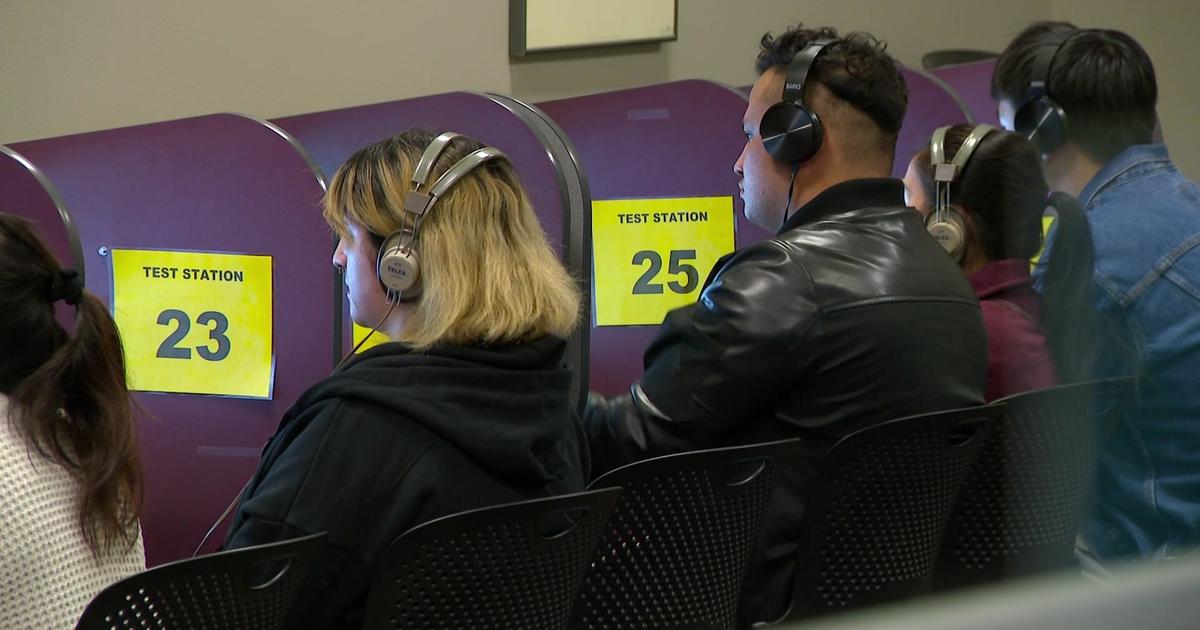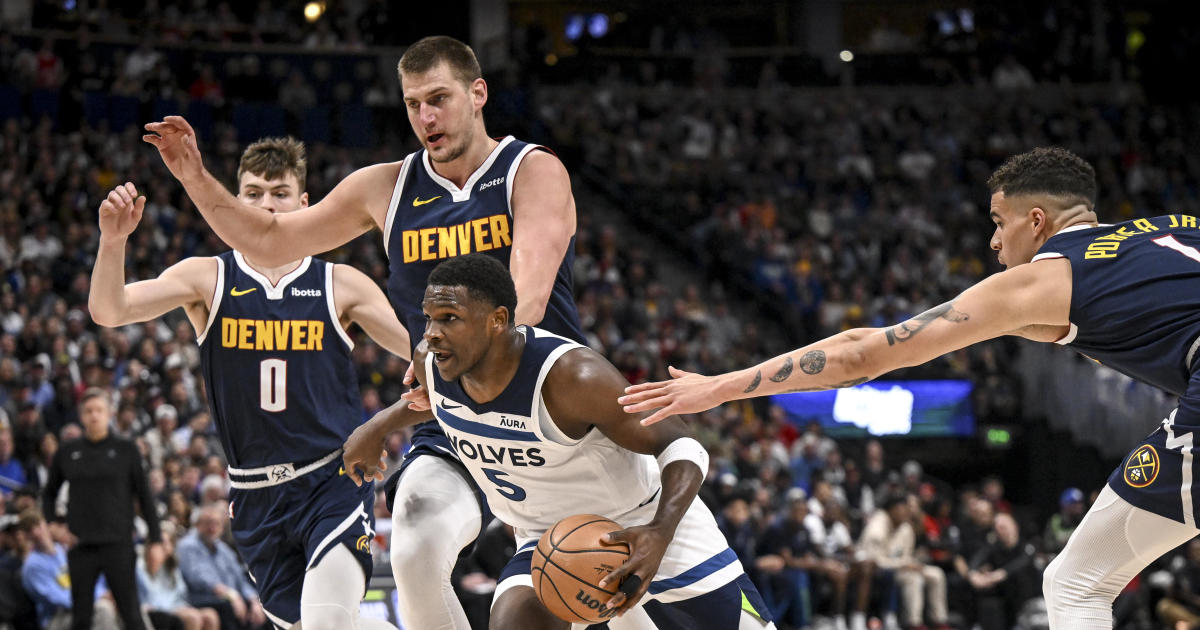What makes a movie in IMAX special?
ROSEVILLE, Minn. – Of the two massive blockbusters released over the weekend, one in particular had movie goers packing a specific type of theater.
The explosive visuals in "Oppenheimer" are said to be best viewed in IMAX.
"When my friend said it's about nuclear science and explosions, I'm like oh yeah, I'm in," said Sreekandh Palakurdhi before entering the IMAX theater at AMC Rosedale 14.
But what makes a movie in IMAX special? And what's the difference with all the screens?
RELATED: Twin Cities theaters see big boost from "Barbenheimer" blitz
"Just how big it is, how loud it is. You really immerse yourself into what the movie is," said Emily Walker, a former film student. "Whereas the other movie theaters don't exactly have that."
Movie theaters are nicknamed "the big screen" – but that moniker might better fit IMAX given the size comparison.
"I like the big screen. [IMAX] is a big, big screen, so alright, I'm getting my money's worth," said viewer Dan Peterson.
It's likely the first difference viewers notice. The screen is massive and specifically tall, built to fit the unique way the movie is shot. It can be up to 40% larger than a standard movie screen.
The seats are angled to open your field of view an average to 70 degrees, while speakers are positioned to immerse you in sound.
"They said that they could feel the explosion, so I was like oh, OK, that's the main attraction of the movie," said Palakurdhi.
You're also literally seeing more of the movie thanks to the aspect ratio. Where most movie theater screens are 16:9, a widescreen format that tends to cut off the top and bottom of the frame, IMAX is 1.43:1, more closely representing a square that allows for a larger picture from top to bottom.
To get that ratio, you first need IMAX-designed cameras, film, and projectors. And that's where the nuance gets tricky.
Palakurdi had no idea there were different types of IMAX screens.
"I knew to a base level," said Walker.
IMAX uses 70mm film, which is about 10 times bigger than the standard 35mm film used for most movies. Some IMAX screens are designed for 70mm, but it's only a fraction. There's also the digital IMAX Laser and IMAX Xenon screens.
All have great pictures, but since "Oppenheimer" was shot in 70mm – the highest picture quality of the group – director Christopher Nolan wants viewers to see it that specific way.
RELATED: How "Barbenheimer" became the summer's most online movie showdown
Therein lies the problem. There are only 30 70mm IMAX screens in the world, and only 19 are in the U.S. None are in Minnesota or Wisconsin. The closest are in Michigan and Indiana. The AMC Rosedale 16 location has IMAX Laser.
Walker hopes to one day view an IMAX movie on a 70mm screen.
"The film nerd in me has to [laughs]!" Walker said. "Definitely Oscar winners. You have to see them as they were intended, otherwise I don't really feel like you see and understand what the directors' and cinematographers' visions really were."
Until then, she and the seemingly endless stream of "Oppenheimer" viewers in Minnesota will gladly settle for the screens that don't require a half-day's drive to experience.
"It's just an IMAX for me," said Palakurdi. "It's all that matters."





